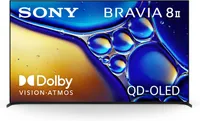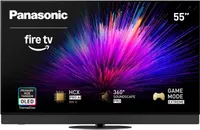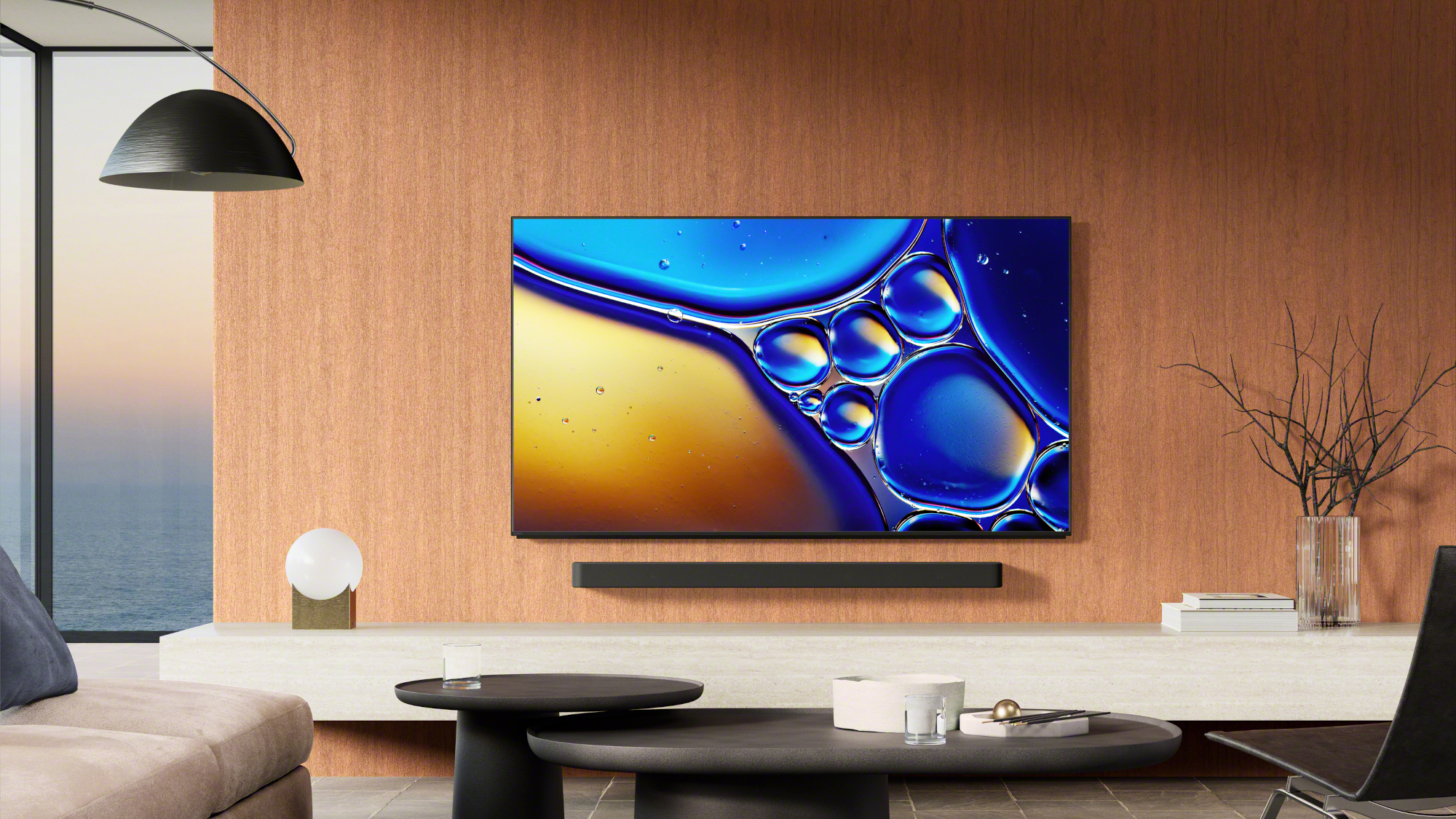
Every year Value Electronics hosts an epic TV shoot-out, wrangling together some of the best TVs in a bout for utter dominance. The TVs are scored based on everything from HDR and processing power to picture quality in a bright room and contrast performance.
As a major milestone for Value Electronics, it recently held its 21st event last weekend, which culminated in the crowning of Sony's Bravia 8 II as king of OLEDs.
But what exactly does that mean? Are we to believe the Bravia 8 II is now one of the best OLED TVs you can buy — or the best in 2025?
The TV scores carry a lot of weight, but they are subjective — i.e. they don't take into account the lab-tested metrics that sites like Tom's Guide record. Let's take a hard look at all the contenders using our data to see if this year's winner can justify its $3,000 sticker price in the face of stiff competition.
Sony Bravia 8 II: Better than LG and Samsung?
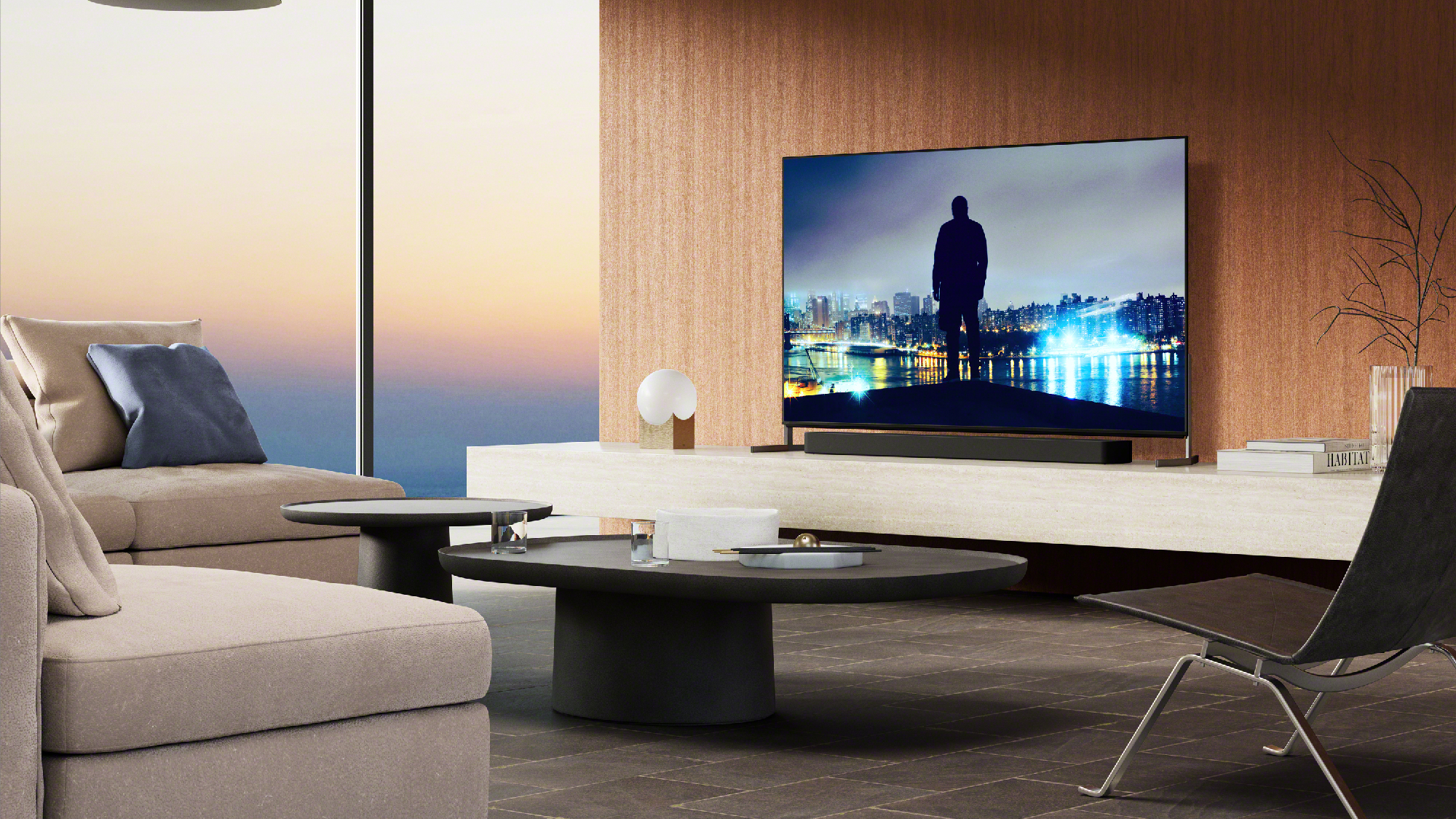
This year's TV shoot-out focused on two particular categories: SDR and HDR performance. Within these two brackets, judges rated the OLED TVs based on various aspects, like color, processing, bright living room, contrast, and EOTF accuracy. The scores were weighted out of 5, with 5 being the best and 1 being the worst.
Launched in 2025, the Sony Bravia 8 II folllows the Sony A95L OLED TV, one of the most beloved OLED TVs. The Bravia 8 II offers several upgrades, like increased contrast and improved motion handling. It also offers some of the widest color coverage in OLEDs of the year, which is a major plus for an already incredible display.
65" for $2,998
The TVs in question included the four prime flagship OLEDs of 2025; the Sony Bravia 8 II, Samsung S95F, Panasonic Z95B, and LG G5.
The final results of the 2025 shoot-out can be found in Value Electronics' PDF, which is accessible via its website. We've collated the scores below for your convenience:
Get instant access to breaking news, the hottest reviews, great deals and helpful tips.
| Row 0 - Cell 0 | LG G5 OLED | Samsung S95F OLED | Sony Bravia 8 II OLED | Panasonic Z95B OLED |
Contrast/Grayscale | 3.69 | 4.38 | 4.41 | 3.84 |
Color | 3.84 | 3.88 | 3.84 | 3.97 |
Processing | 3.31 | 3.66 | 4.22 | 3.78 |
Bright Living Room | 4.06 | 4.19 | 4.19 | 4.25 |
Overall | 3.68 | 4.00 | 4.16 | 3.92 |
| Row 0 - Cell 0 | LG G5 OLED | Samsung S95F OLED | Sony Bravia 8 II OLED | Panasonic Z95B OLED |
Dynamic Range/EOTF Accuracy | 3.41 | 3.88 | 3.94 | 4.03 |
Color | 2.84 | 4.13 | 4.03 | 4.00 |
Processing | 3.34 | 3.72 | 3.53 | 3.97 |
Bright Living Room | 3.94 | 4.38 | 4.19 | 3.88 |
Overall | 3.30 | 3.97 | 3.88 | 3.98 |
Source: Value Electronics
It's clear from these results the Bravia 8 II has incredible contrast, processing power, and glare mitigation. Still, even with its excellent scores, the Panasonic Z95B and the Samsung S95F gave Sony's flagship OLED a run for its money.
Just look at how voting fared in the SDR bracket to see how good the Panasonic Z95B is in both the Bright Living Room and Color categories. You'd expect Sony to dominate here, particularly when it comes to color, given the brand's extensive work designing some of the best reference monitors.
But it's not just SDR, as the Panasonic Z95B actually beat the Bravia 8 II in the HDR category with an overall score of 3.98. That's just one decimal point higher against the score awarded the Samsung S95F and 10 decimal points higher over the Sony OLED.
LG's G5 didn't fare so well in this shootout, which is hard to believe seeing as the Panasonic Z95B shares the same technology with it (the new four-stack OLED panel revealed at CES 2025). The biggest letdowns on the G5 are its processing power and color output, which dinged its overall scores in both HDR and SDR by quite a lot.
Real-world testing is one thing, but opinions can be skewed depending on the situation and environment. Using our existing testing on these flagship OLEDs, let's see how their metrics stand in relation to the final TV shootout scores.
Our lab results tell the full story
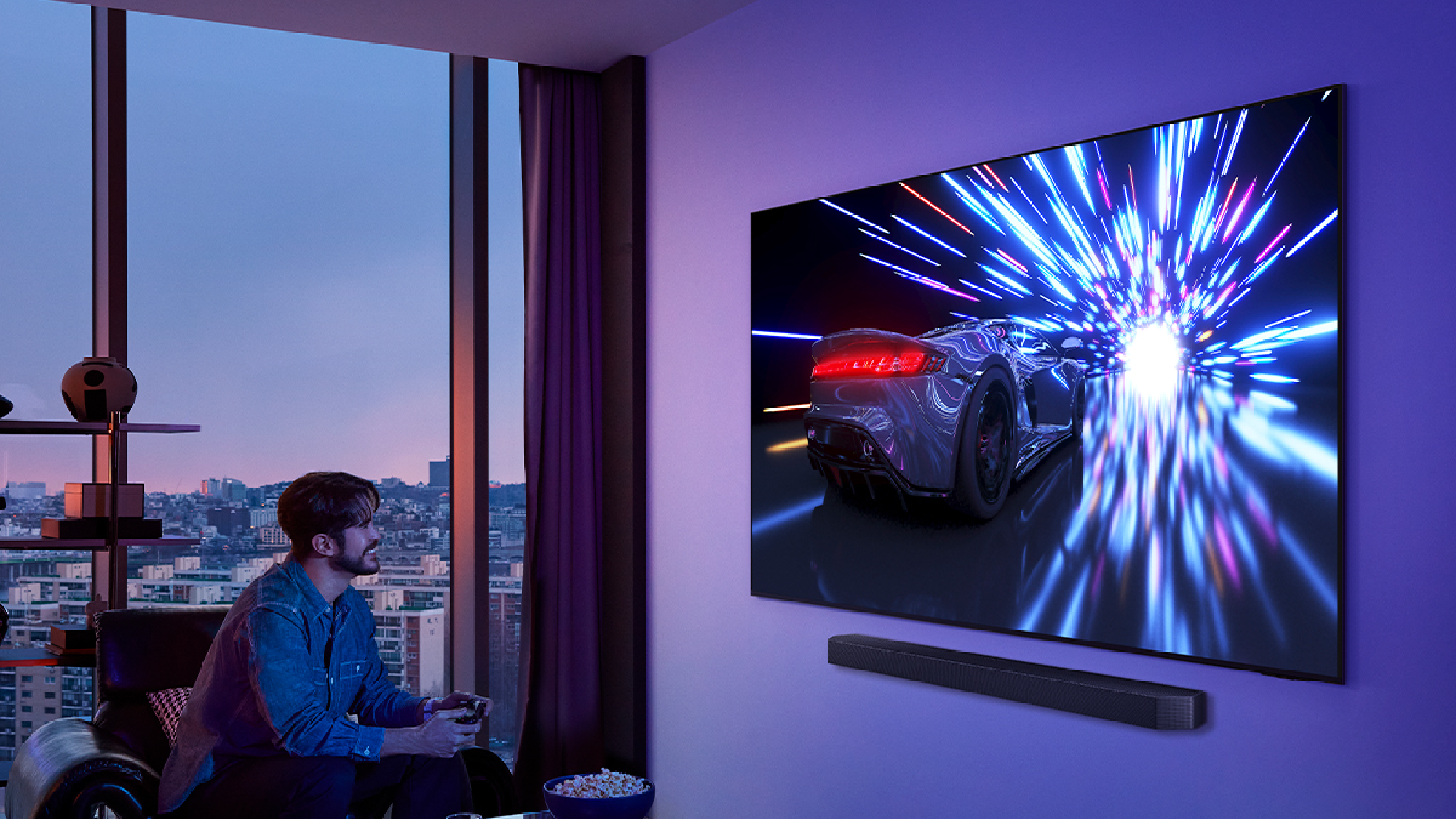
We've already tested all four of these flagship OLED TVs in our lab. Our technical tests involve using a Jeti spectraval 1501-HiRes spectroradiometer, a Klein K10-A colorimeter, a Murideo 8K-SIX-G Metal pattern generator, and Portrait Displays’s Calman TV-calibration software. Check out the full results below.
| Header Cell - Column 0 | LG G5 | Samsung S95F | Sony Bravia 8 II | Panasonic Z95A |
|---|---|---|---|---|
SDR Brightness (10%, in nits) | 510 | 1,004 | 270 | 217 |
Delta-E (lower is better) | 1.9 | 1.1 | 3.5 | 1.3 |
Rec. 709 Gamut Coverage | 99.69% | 106.87% | 99.99% | 96.80% |
HDR Brightness (10%, in nits) | 1,879 | 2,286 | 1,633 | 1,859 |
UHDA-P3 Gamut Coverage | 99.79% | 99.97% | 100% | 99.77% |
Rec. 2020 Gamut Coverage | 82.42% | 90.26% | 90.55% | 81.42% |
Input latency (in milliseconds) | 9.2 | 9.5 | 16.3 | 12.7 |
Each OLED listed here distinctly has something to offer. The most notable among them is the Samsung S95F, which has serious brightness metrics even for an OLED. It blows the competition out of the water, making the S95F the most ideal choice for sunnier rooms or for rooms with tons of lights.
This explains why the S95F had some of the highest scores in the Bright Living Room category. Not only does it pack a punch in the luminance department, but it also has a well-designed anti-glare coating that staves off reflections with expert precision.
And, even though the LG G5 had higher brightness in standard and HDR against the Bravia 8 II, the latter still beat it in the Bright Living Room tests for both categories. Even the Panasonic Z95B, which has the lowest luminance out of all four OLEDs in standard mode, actually earned the top score in the SDR Bright Living Room test. That just goes to show that a higher number doesn't always equate to a better experience.
The Delta-E scores (lower is better) and color gamuts are another interesting turn of events. Out of all the flagship OLED TVs, the Sony Bravia 8 II has the highest Delta-E at 3.5. To be fair, anything below a Delta-E score of 4 is pretty much imperceptible to the human eye, but this might lend some credence to the lower scores it was awarded in the Color sections.
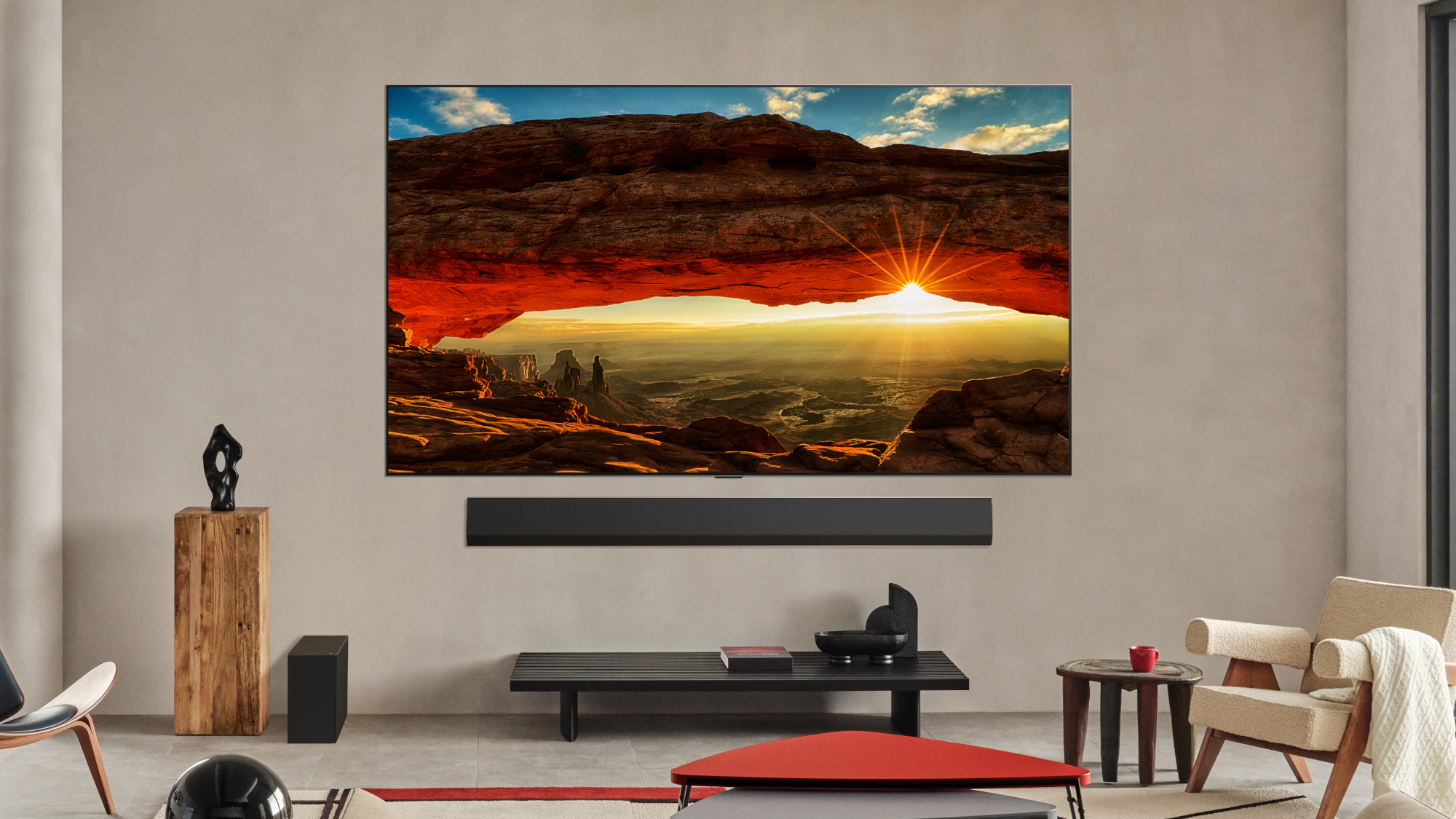
The Bravia 8 II covers 99.99% of the Rec709 Gamut and 100% of the UHDA-P3 gamut, which pertain to SDR and HDR color coverage, respectively. It's interesting putting these numbers up against the TV shoot-out scores, seeing as the S95F won against the Bravia 8 II in SDR color despite reaching 106% of the Rec709 gamut, meaning it most likely has some oversaturated colors in this picture setting.
Gaming isn't a testing category in the TV shoot-out, but the LG G5 would be the clear winner here for its low input latency of 9.2ms, beating the Sony and Panasonic by a wide margin. That makes sense, seeing as LG OLEDs, like the LG C5 OLED, often rank among the best gaming TVs for in our testing.
Aside form its color coverage, the Bravia 8 II isn't exactly the "King of TVs" based on our test results. And that's before we get into pricing.
A price that will make you wince

Sony TVs are notorious for their exorbitant prices, and that's no different on the Sony Bravia 8 II. At just under $3,300, it's not quite steeped in value like LG's C-series or the Samsung S90-seires of OLEDs. With Sony, you're paying a premium, and that's not typically because of numbers or metrics — it's because Sony's known for the best picture quality you can buy.
It's no secret that Sony's 2025 TVs take cinematic presentation seriously, but you shouldn't have to pay such an exorbitant premium to get that picture quality. Nor do you have to, as Panasonic, LG, and Samsung have great flagship OLEDs in their own right (and they're better-priced, too).
What's more? The Sony Bravia 8 II doesn't offer more modern features like its rivals. It still only has two HDMI 2.1 ports and a 120Hz refresh rate, making it not the best choice for gamers, particularly those running some of the best gaming PCs. Meanwhile, the LG G5 and Samsung S95F boast 165Hz and four HDMI 2.1 ports, putting Sony's Bravia 8 II to shame.
If you ask me, the real king of OLED TVs is the Panasonic Z95B. It's got a lot to show for its performance, hits all the sweet spots in terms of specs, and is equipped with one of the most bombastic and customizable speaker systems in the market. I've gushed about this TV quite a bit, and even claimed Panasonic's 2025 flagship OLED TV could beat LG and Samsung.
Judging by the results in this TV shootout, it seems I wasn't too far off. It even took home the prize as the "Best HDR TV," just barely eking out the better overall average against the Samsung S95F.
The Z95B is also $200 cheaper than the Sony Bravia 8 II in both 55-inch and 65-inch. That's a hard bargain to beat in this market, but you could always go with the LG G5 OLED if you really wanted the cheapest price. Right now, the 65-inch LG G5 OLED is $2,896 on Amazon, but it simply doesn't match up to the Panasonic Z95B, especially when you take into account how poorly the G5 did in the shoot-out.
The Sony Bravia 8 II might have been crowned king of OLED TVs in 2025, which isn't at all surprising given Sony has held the title for nearly seven years running. But it's simply too a high premium against major rivals, and I think price-to-performance is the most important factor to consider when on the hunt for a new OLED TV.
Panasonic's new flagship OLED is here to beat them all. It's equipped with a 144Hz refresh rate, a set of two HDMI 2.1 ports, and a robust game menu, making settings changes a breeze. The Panssonic Z95B also has one of the best built-in speakers, offering bombastic audio that can be amplified through its 360 degree Soundscape Pro software. It's here where you can customize audio on a wide range of variables. With Fire TV, you also have instant access to your favorite content and even several cloud gaming services, so you don't even need a console or PC.
More From Tom's Guide
- Samsung TV lineup 2025: new OLED, Neo QLED and 8K TVs announced at CES
- Is this the beginning of the end of HDMI? Here’s what you need to know about GPMI
- Sony TV lineup 2025: new OLED, Mini-LED, and LED TVs releasing this year

Ryan Epps is a Staff Writer under the TV/AV section at Tom's Guide focusing on TVs and projectors. When not researching PHOLEDs and writing about the next major innovation in the projector space, he's consuming random anime from the 90's, playing Dark Souls 3 again, or reading yet another Haruki Murakami novel.
You must confirm your public display name before commenting
Please logout and then login again, you will then be prompted to enter your display name.
